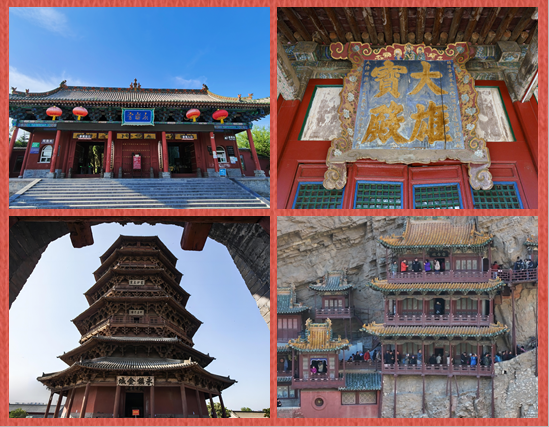Shanxi Yellow River jade culture debuts in Armenia
The exhibition "Beauty of Yellow River Jade: Bicun Village and Qingliang Temple Excavated Jade Artifacts" opened at the Historical Museum of Armenia on July 23, marking the first time ancient Chinese artifacts have appeared in Armenia.
Co-planned by the Shanxi Museum and the Historical Museum of Armenia, the exhibition showcases a unique blend of jade artifacts unearthed from the Qingliang Temple site and the Bicun village site in Shanxi. It reveals the wisdom and beliefs of ancient inhabitants in the Yellow River basin during the dawn of Chinese civilization.

The exhibition hall is crowded with visitors. [Photo provided by Shanxi Museum]
Dating back approximately 4,300 to 3,900 years, the Qingliang Temple site showcases a wide range of jade artifacts, integrating elements from the Liangzhu, Hongshan, and Dawenkou cultures. It highlights the early exchanges and fusion of jade culture, illustrating the development of Chinese jade rituals.
The Bicun village is a crucial site marking the transition of Chinese civilization into a state around 4,000 years ago. Its jade culture, inherited from the Qingliang Temple and Taosi sites, collectively forms the early roots of Yellow River jade culture.

Local visitors browse the exhibits. [Photo provided by Shanxi Museum]
Armenia, located at the crossroads of Asia and Europe in the Caucasus region, was a vital hub on the ancient Silk Road. Against the backdrop of the Belt and Road Initiative, this exhibition marks the first in-depth dialogue between Chinese and the civilizations of the Caucasus region.
The Shanxi Museum has previously collaborated on exhibitions with institutions like the National Museums Liverpool in the UK and the Hungarian University of Fine Arts. The museum plans to engage in further collaborations with various countries to enhance cultural exchanges.



